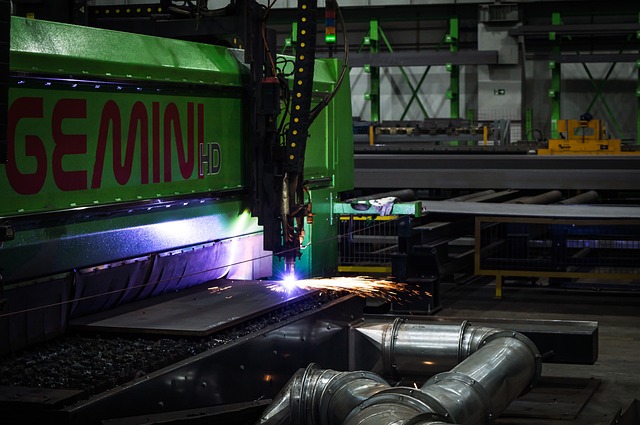Industrial enamels
Industrial enamels have superior performance to their commercial versions. This is due to the different requirements of each sector. While a paint for painting a house suffers very little from environmental conditions. The same cannot be said for industrial enamels used to coat factory machinery. At Morlopin, we are a paint factory specialized in all types of industrial coatings.
The characteristics and resistances are achieved by varying the composition of the industrial enamels. And there are 3 types of components. What are pigments, resins and solvents. These 3 components define the color and saturation of the enamel, its viscosity, drying time and resistance to high temperatures or corrosion, among other physical characteristics. And if you are looking for industrial paints, we also have the most suitable products for your needs.
Types of industrial enamels
Industrial enamels can be classified into two types according to the type of resin used. On the one hand, there are enamels with evaporation-drying resin. They are the easiest ones, after their application it is only necessary to wait for them to dry so that they acquire all their characteristics. And drying depends largely on the composition of the resin and the solvent. For example, acrylic enamels dry faster in low humidity conditions.
On the other side are the enamels with polymerization drying resin. For these resins to dry after application, one of the following methods must be applied. Air drying, which is a cold process. And oven drying, which requires reaching a certain temperature for the polymerization process to start. In short, these glazes obtain their final characteristics after undergoing a chemical transformation after application.
In addition, it must be taken into account that the regulations and the different international standards must be complied with. Recognizing the quality of industrial enamels and paints.
Classification by resins
- Nitrocellulose and nitrocombined industrial enamels. These are fast drying paints widely used in the automotive sector. And they are easy to apply, polishable, with medium hardness and good gloss. Once applied, these glazes are hard. But they need a plasticizing treatment to improve their durability. The bad thing about them is that they are expensive and their resistance is not very good outdoors.
- Nitroacrylic enamels. They have a composition very similar to the previous ones. But water-based acrylic solvents are used. Therefore, they have similar properties in terms of gloss, drying and hardness.
- Chlorinated rubber enamels and cyclized rubber. They are based on chlorinated rubber, consisting either of pure resin or in combination with glycerophthalic resins, which is why they are called alkyd chlorinated rubber. They dry by evaporation, although they also show some air polymerization. And they can withstand temperatures up to 60º C. And they are quite resistant to corrosion and solvents.
- Synthetic enamels. They are the most resistant and are used for outdoors. The resins used are totally synthetic.

